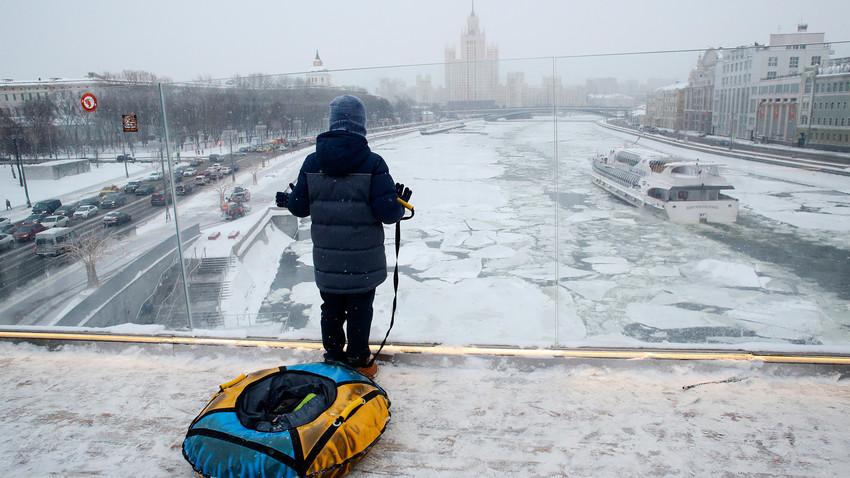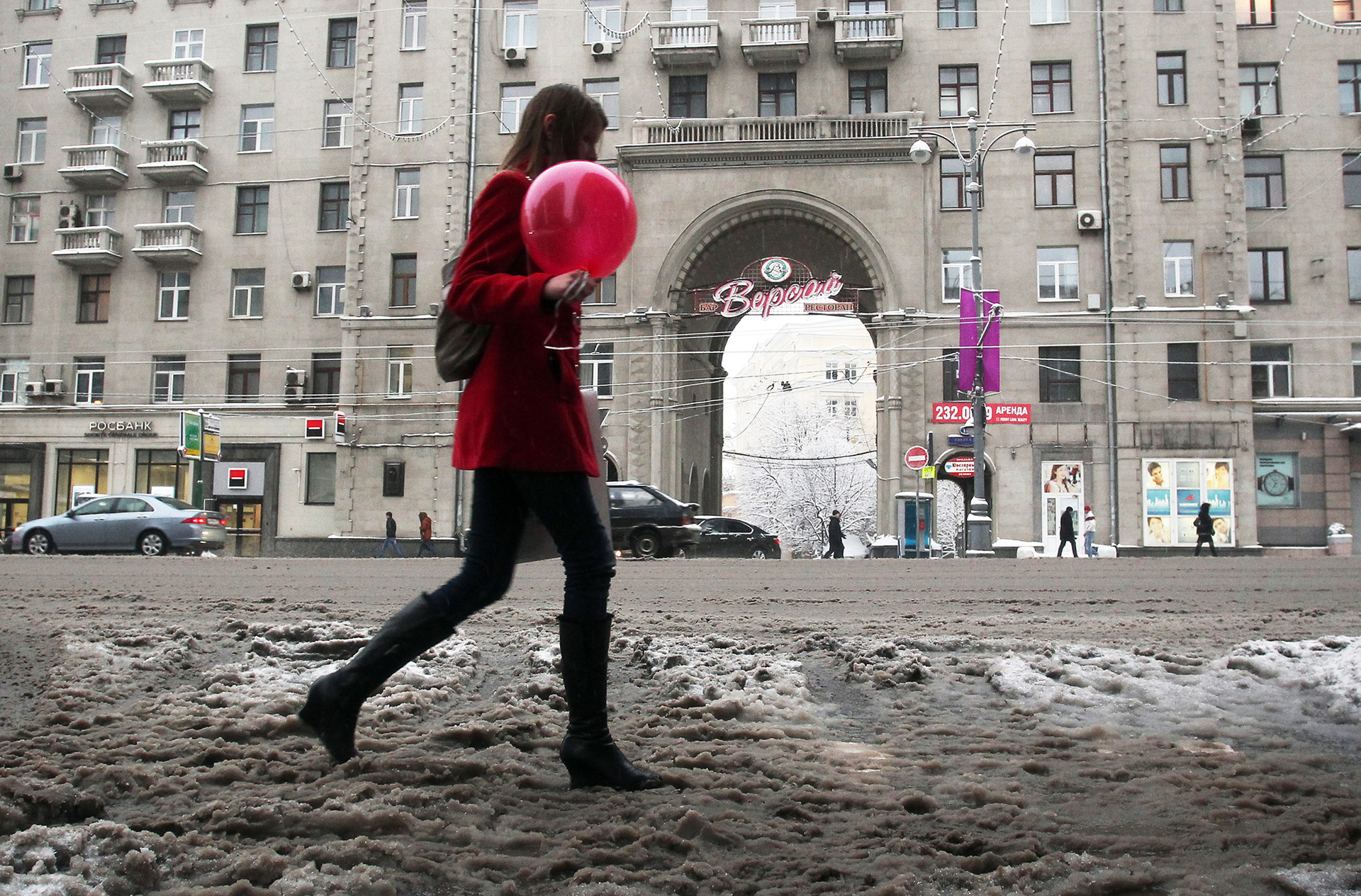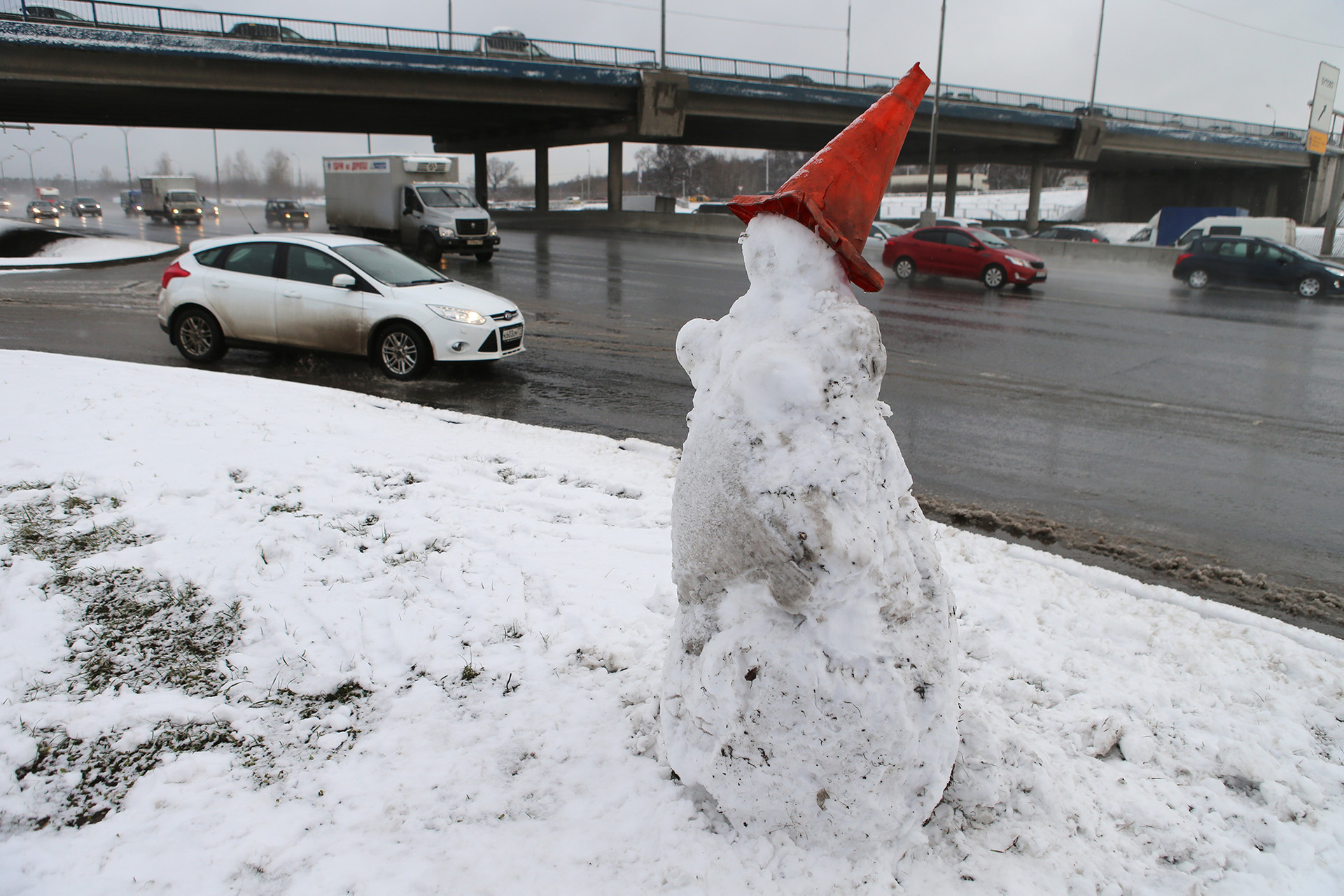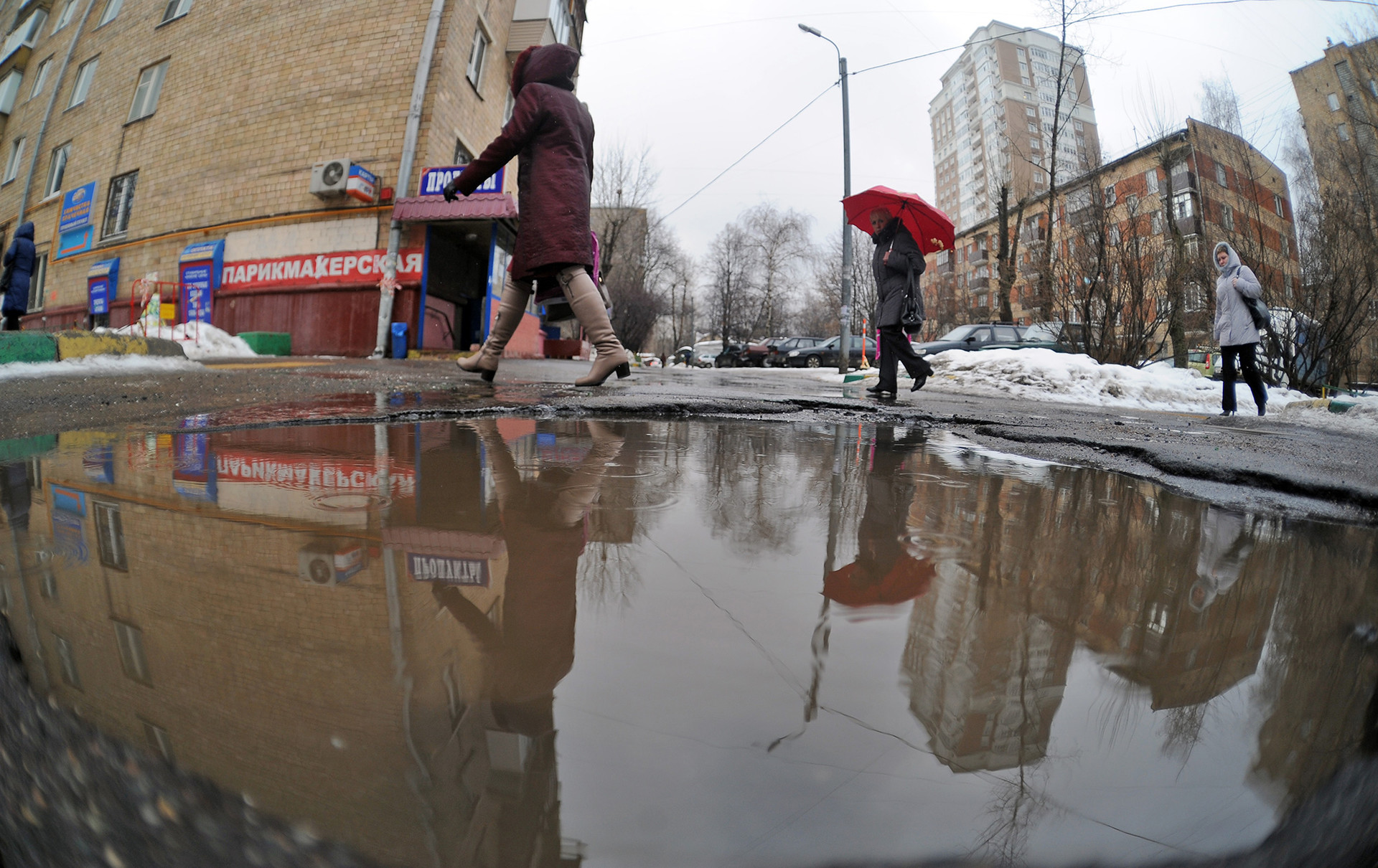Why the first day of Russian spring doesn’t feel like spring at all

Today, March 1, marks the beginning of spring, with everyone in Moscow congratulating each other on the end of another gloomy Russian winter… except not really. Because in Moscow, the first day of spring looks like this



Meteorology vs. astronomy
Russia is not different from the rest of the world in some respects: the meteorological calendar defines each season as consisting of three months: winter lasts from Dec. 1 to Feb. 28, spring starts on March 1 and lasts until April 30 and so on. This approach is simply more convenient for record-keeping purposes and is based on recorded history: statistically, in the Northern hemisphere, the months from December to February are the coldest.
Another approach is more precise in terms of astronomy: it defines winter as the period between the winter solstice (usually Dec. 21-22 in the Northern hemisphere), when daylight is the shortest, and the vernal equinox (around March 20), when the day and night are the same
Consolation
An astronomical calendar is more difficult to use, as the exact moments of
Which one is better? Each variant has its pros and cons: the astronomical approach is better at reflecting weather shifts, while the meteorological is more convenient for statistics and comparisons. “Dealing with whole-month chunks of data rather than fractions of months was more economical and made more sense – and still does, in many ways. We organize our lives more around months than astronomical seasons,” Derek Arndt, of the National Climatic Data Center (USA) told the Washington Post in 2014. Russians seem to follow this logic.
But astronomically, the beginning of March is still winter. We like to console ourselves with this fact while dragging our feet to work through piles of springtime snow. After all, it’s only a couple of weeks before real spring starts here.
If using any of Russia Beyond's content, partly or in full, always provide an active hyperlink to the original material.
Subscribe
to our newsletter!
Get the week's best stories straight to your inbox